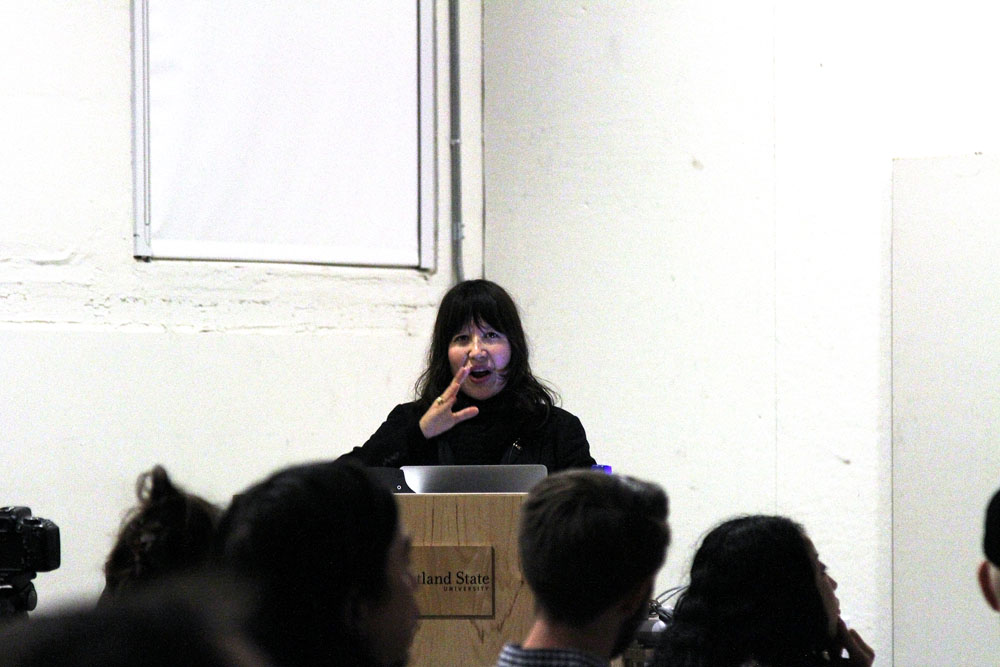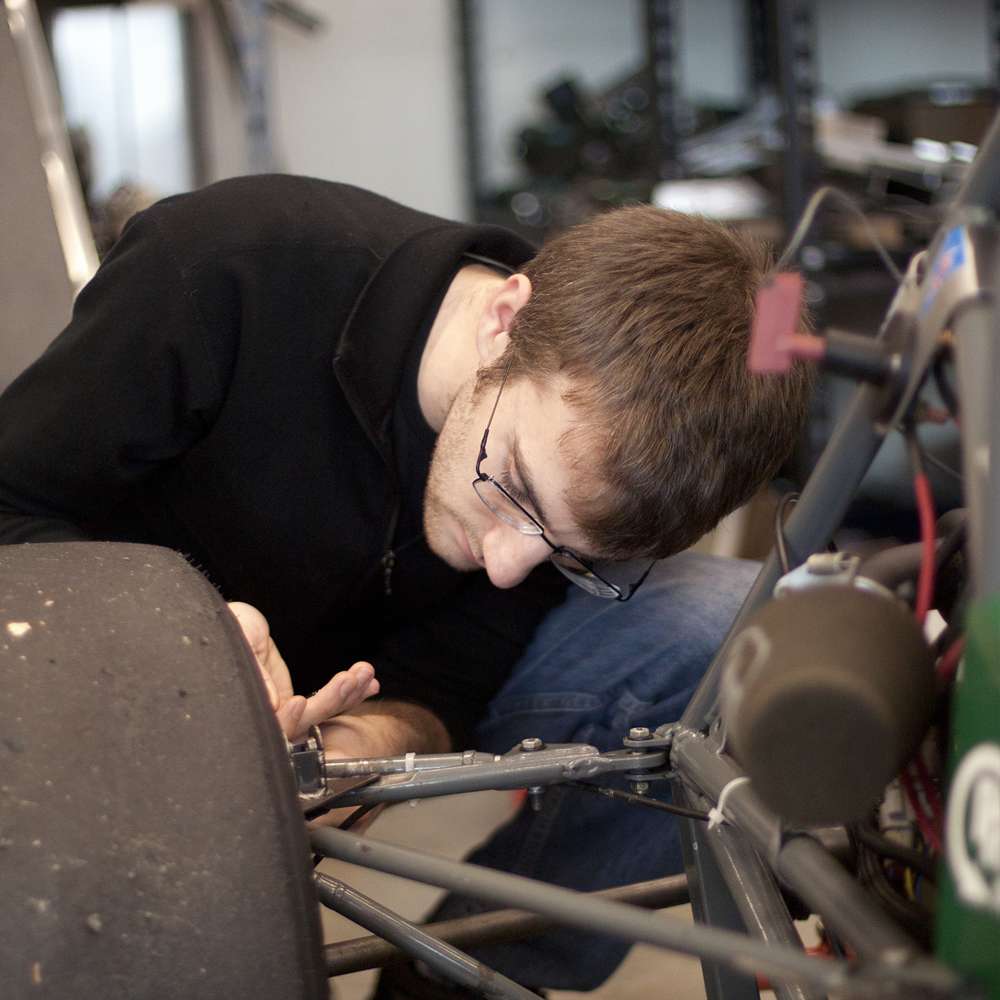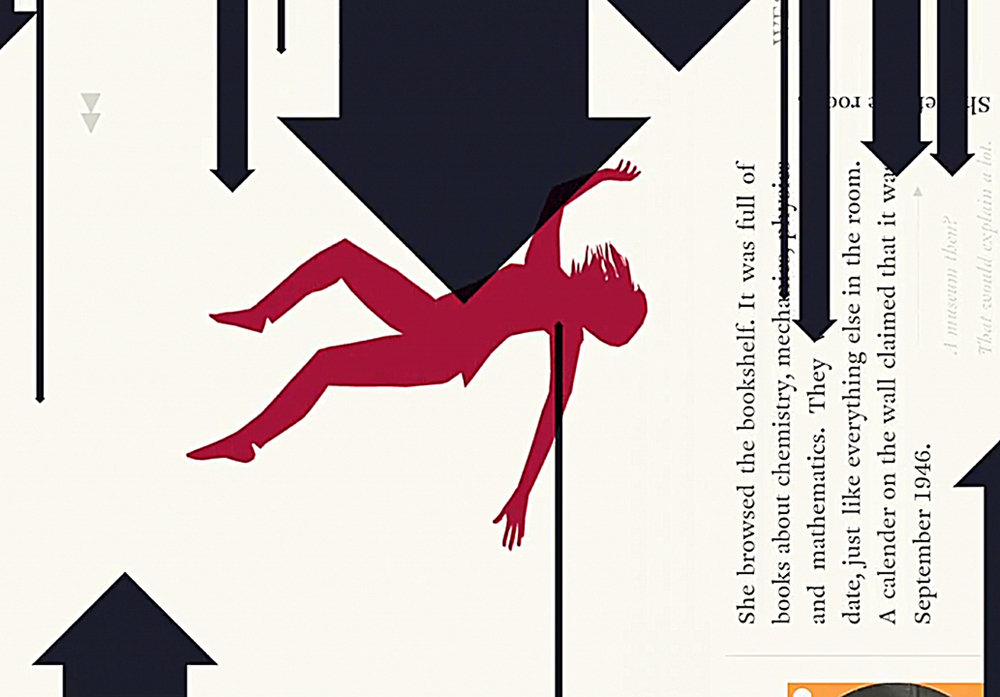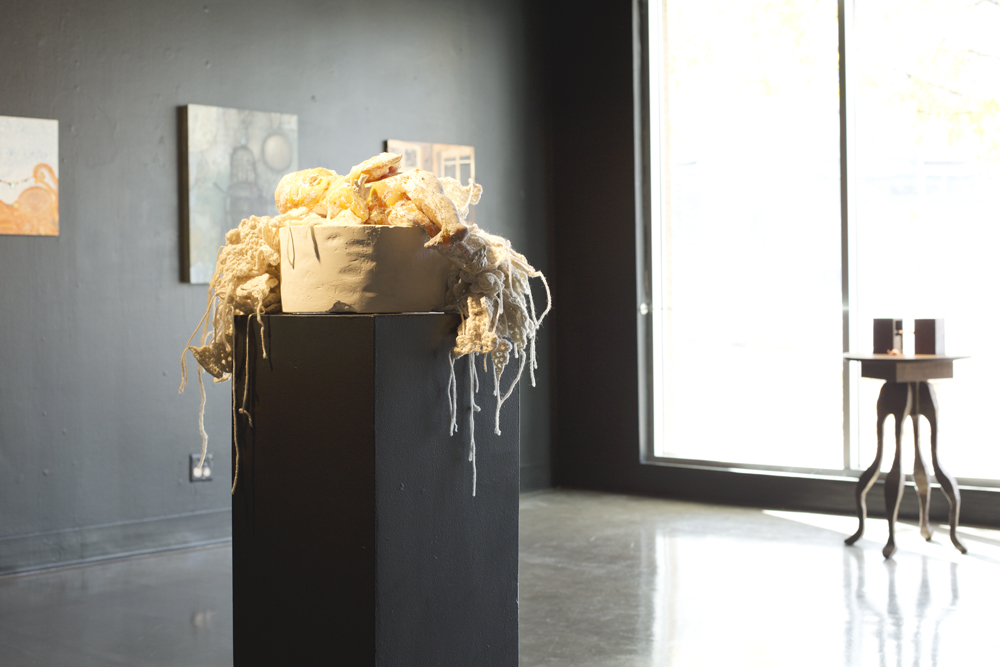On the evening of Nov. 6, as part of Portland State’s MFA Studio Lecture Series, students and faculty had the privilege of hearing visiting artist Amanda Ross-Ho discuss her artistic process and the meaning of her work, which focuses extensively on the remnants of daily life and the beauty of the overlooked.
“It’s truly about the notion of understanding,” said Ross-Ho. “…and about how I can describe any given moment at any time.”
Ross-Ho’s work stretches across sculpture, photography, painting and installation. Her art examines the relationship between intuition and impulse, treating the process behind the creation of art as a sort of art in its own regard. The smallest moments can be immortalized and the most forgettable of objects has its own unique history. This glorification of the seemingly mundane and inherently incomplete or unimpressive makes for a compelling, unique and somewhat disorienting experience.
“…I’d thought a lot about this very strange transaction between making things in one room and showing them in another,” Ross-Ho said. “…About those rarified designations of both production and presentation.”
Ross-Ho’s art encourages an active fascination in absent spaces and missing pieces. There’s a haunting, contemplative allure to her work that inspires curiosity and introspection.
“It’s about shifting your perspective,” said John Norton, a Portland resident who attended the lecture. “In one of the pieces that stood out to me, she had the art that was on the wall, and then she cut it out so that there were two pieces of art being derived from one. There was the part she cut out, and the silhouette of what remained on the wall. Something was formed by the initial object and everything the object was not, as well.”
In isolating these ‘ghosts’ of moments and experiences, Ross-Ho establishes a sort of unspoken bond with the viewer. Through minimalistic use of expression, viewers are forced to draw from themselves to fill in the blanks.
“I think that all artists today are looking for ways in which to make their work relevant,” said Pat Boas, assistant professor of art practice at PSU. “There used to be this idea that when the church was the patron, art would have to be a precious commodity or away in some precious space. Now, we’re looking for ways in which we can touch other people and help everyone see some new aspect of our common experience.”
“There’s an interdisciplinary in art that’s been really exciting in the last 20 years or so,” Boas said. “People are really fore-grounding ideas. That’s something that’s been important to me, and something an artist like Amanda Ross-Ho represents.”
Ross-Ho’s work also plays with perception and challenges notions of normality, taking the completely common, routine or forgettable and blowing it entirely out of proportion. In doing so the observer’s sense of self is skewed and a certain element of control is lost. With the perspective of size confronted in such a disarming manner, the perspective of self is similarly warped.
“She does these crazy things with scale relationships,” Boas said. “In one of her exhibitions, for example, there’s a huge jacket and shirt hanging on the wall, and you become a very tiny individual in regard to the way that something you put on everyday has been changed.”
In bringing attention to the personal history of objects and locations, Ross-Ho humanizes the inanimate. Through exploring the relationship between the interior and the exterior of things, we are given glimpses of meaning beyond the immediately perceived. Whether grandiose or minuscule, the scale of Ross-Ho’s work never fails to conjure up a sense of temporal displacement on behalf of the viewer. This underlying sense of surrealism permeates Ross-Ho’s work and is indicative of her unique artistic ethos.






